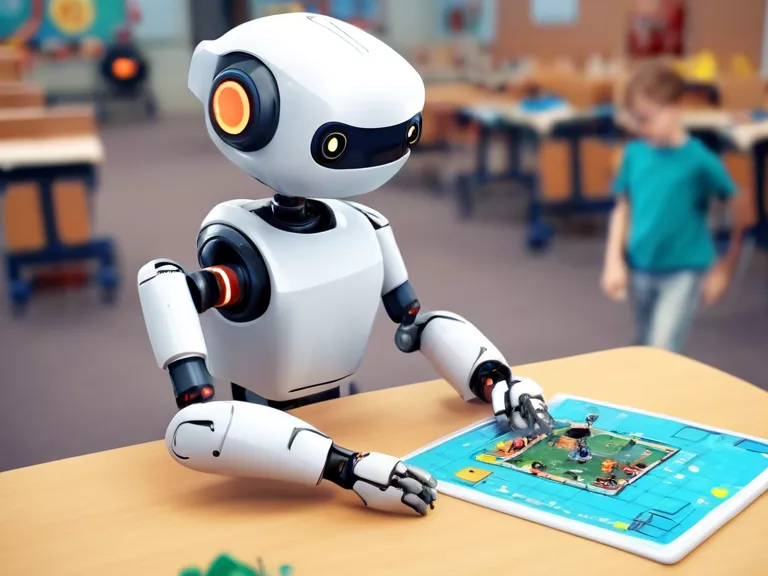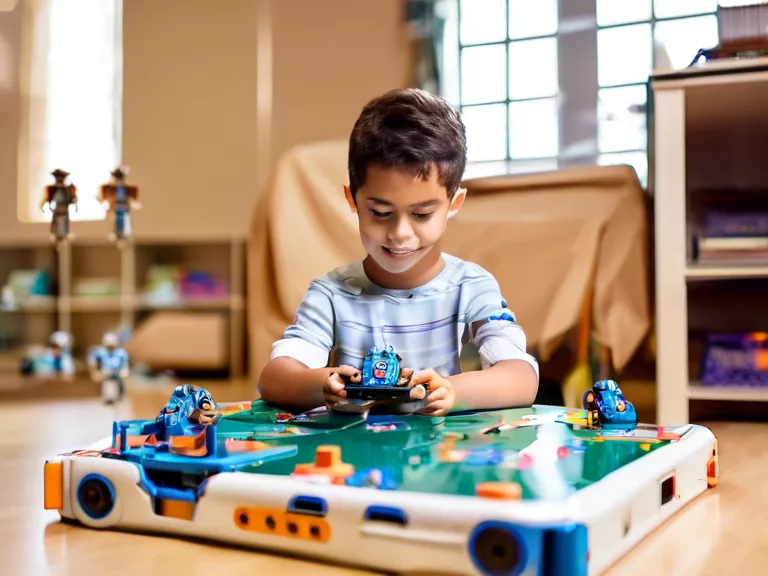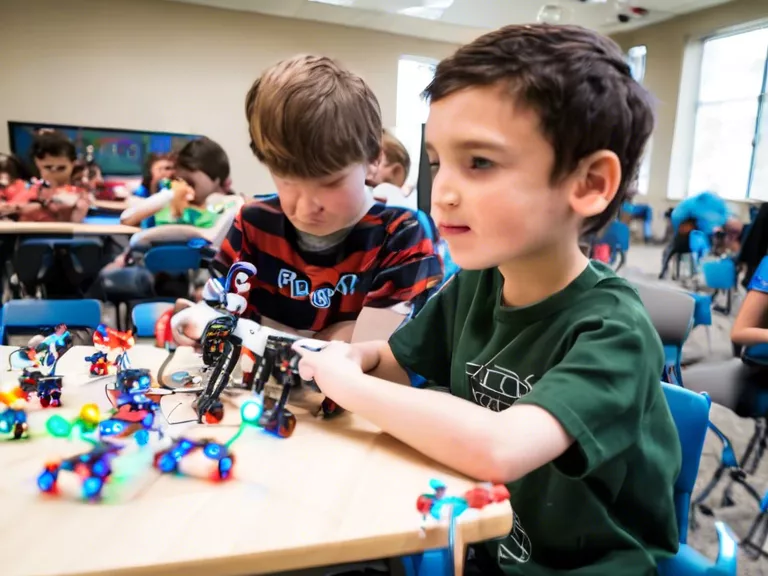
Introduction
In recent years, the integration of robots in educational settings has significantly enhanced the learning experience for students. One of the most innovative applications of robots in education is their use in educational games. By combining technology with interactive gameplay, robots have the potential to engage young minds in a way that traditional teaching methods cannot. This article explores how robots are revolutionizing learning through educational games and the benefits they bring to students.
Enhancing Engagement Through Interactivity
Robots in educational games offer a unique level of interactivity that captures students' attention and keeps them engaged throughout the learning process. Unlike static learning materials, robots can respond to students' actions in real time, providing immediate feedback and encouragement. This instant feedback loop helps students stay motivated and focused on the task at hand, leading to improved learning outcomes.
Fostering Collaboration and Communication Skills
Educational games that incorporate robots often require students to work together in teams to solve problems and complete challenges. This collaborative aspect not only enhances students' teamwork skills but also improves their communication abilities. By interacting with the robot and their peers, students learn how to effectively express their ideas, listen to others, and work towards a common goal, all essential skills for success in the 21st century.
Personalized Learning Experiences
Robots in educational games have the capability to adapt to each student's learning style and pace, providing a personalized learning experience that caters to individual needs. Through advanced algorithms and artificial intelligence, robots can assess students' performance, identify areas for improvement, and tailor the game's difficulty level accordingly. This personalized approach ensures that every student receives the support and challenge they need to succeed, promoting a growth mindset and a love for learning.
Encouraging Critical Thinking and Problem-Solving
Educational games that feature robots often present students with complex challenges that require critical thinking and problem-solving skills to overcome. By engaging with the robot and navigating through various obstacles, students are encouraged to think creatively, analyze situations, and come up with innovative solutions. This process not only strengthens students' cognitive abilities but also fosters a sense of resilience and persistence in the face of challenges, important traits for academic and professional success.
Conclusion
Robots are transforming the educational landscape by enhancing learning experiences through interactive games. By incorporating robots into educational games, educators can effectively engage students, foster collaboration and communication skills, provide personalized learning experiences, and encourage critical thinking and problem-solving. As technology continues to advance, the potential for robots in education is limitless, offering new possibilities for enriching the learning journey of students around the world.



